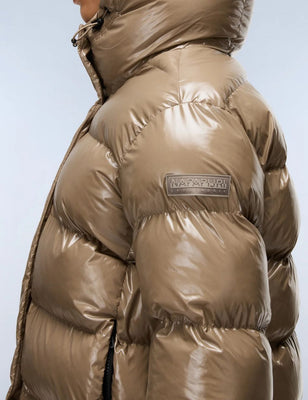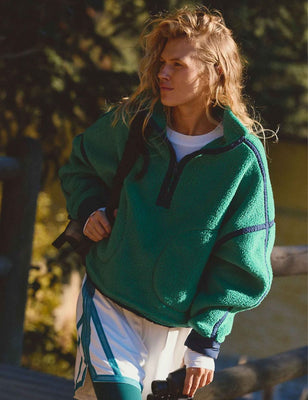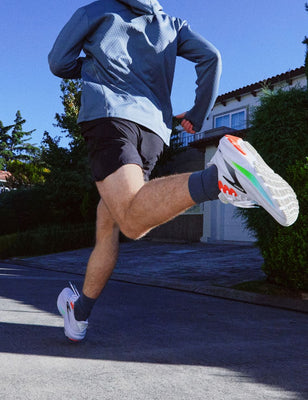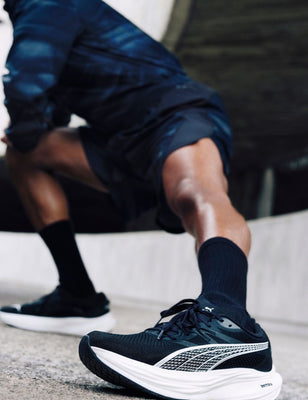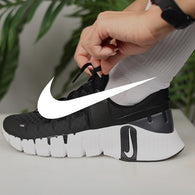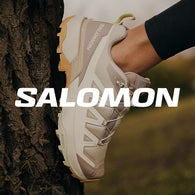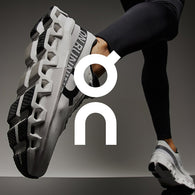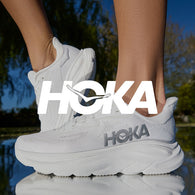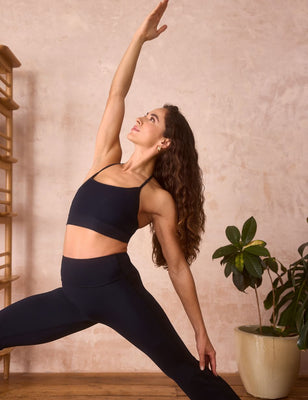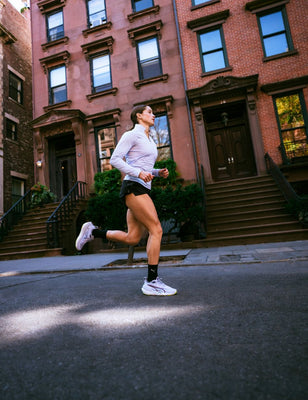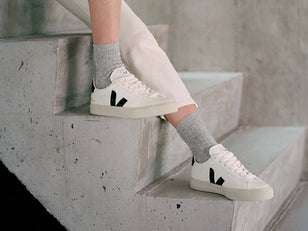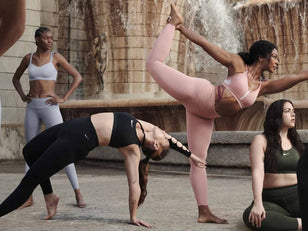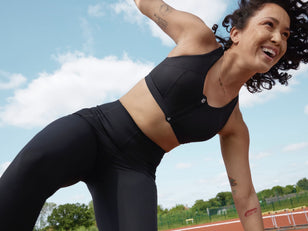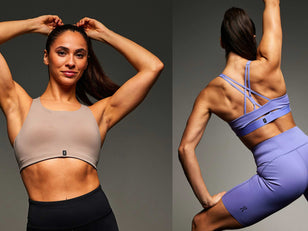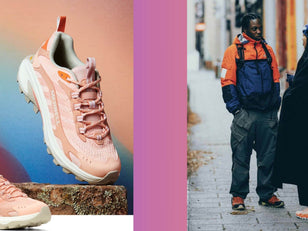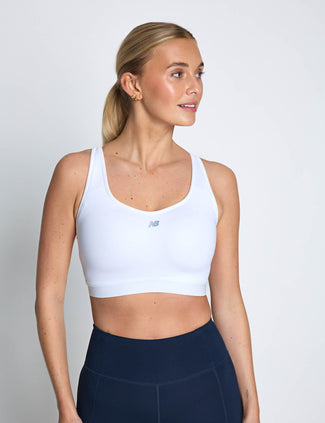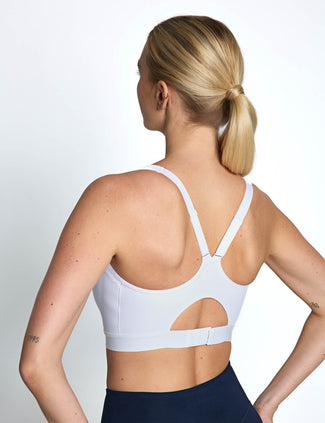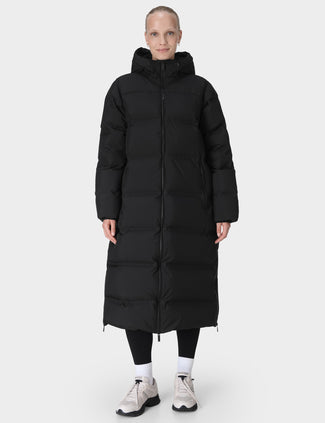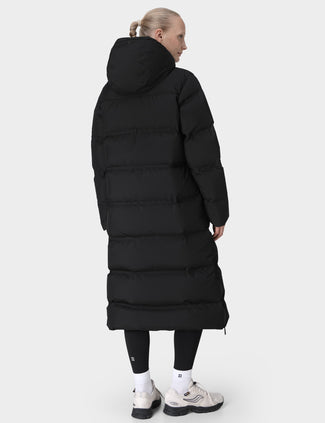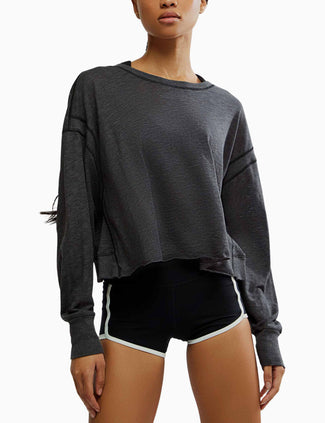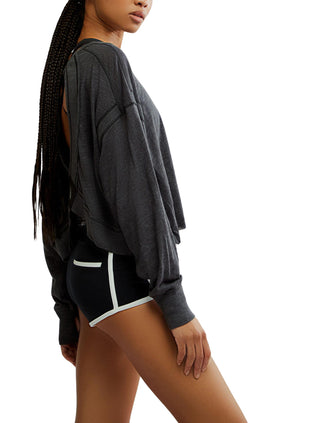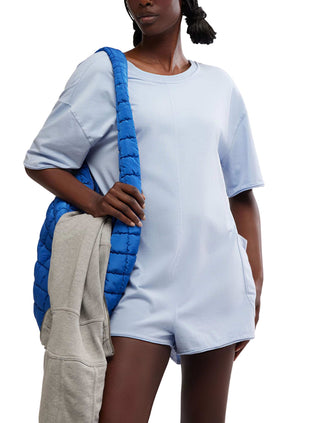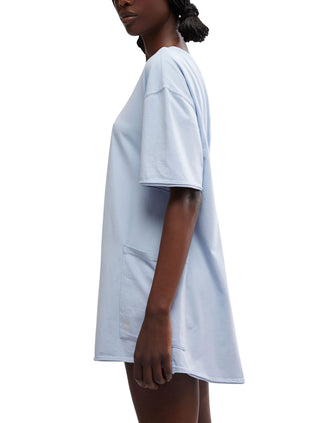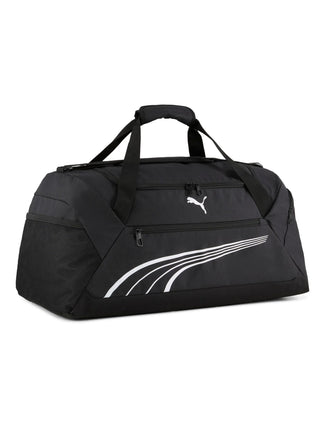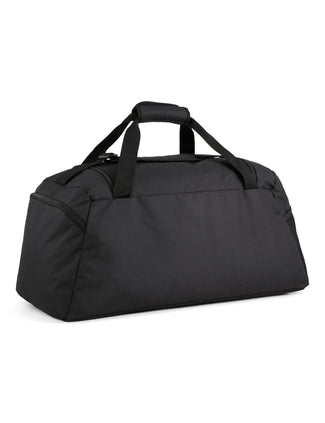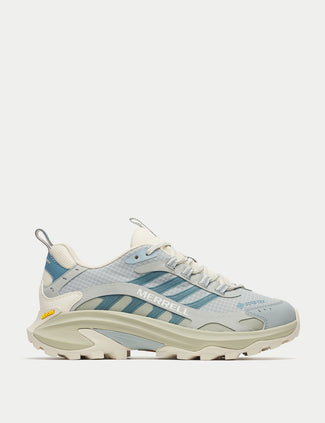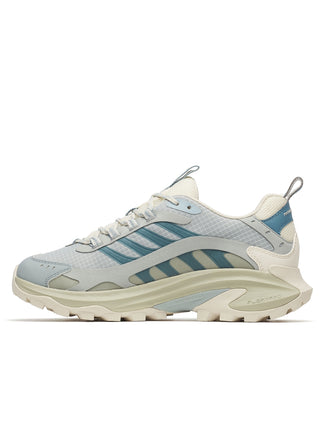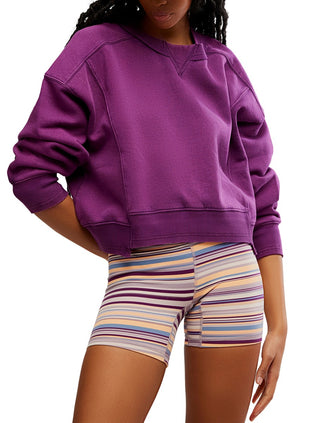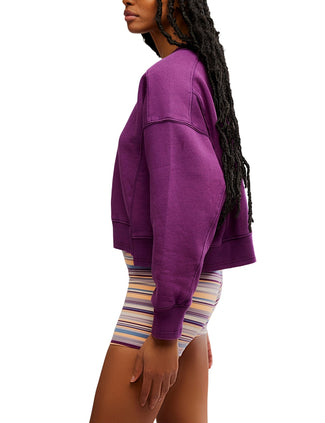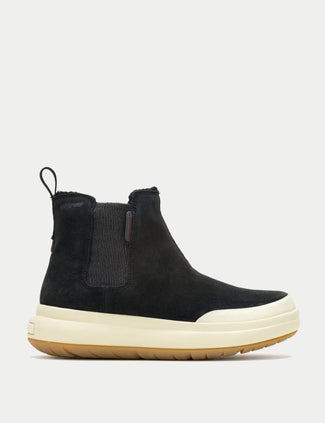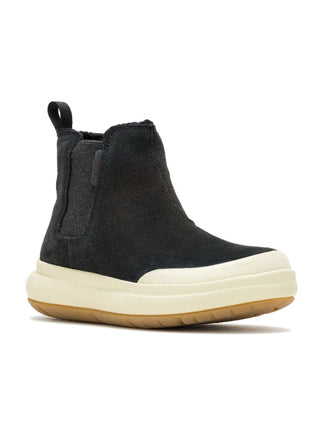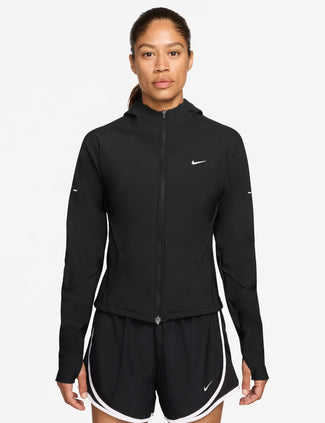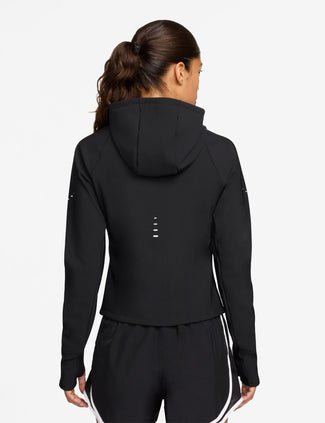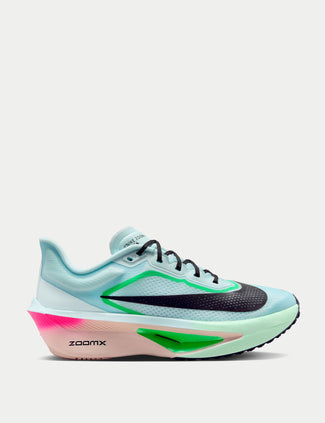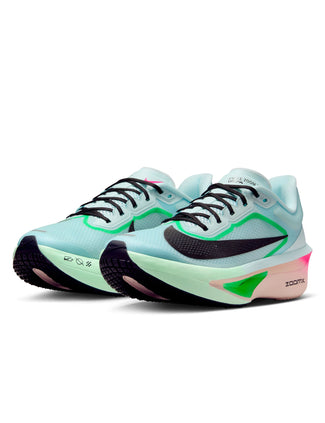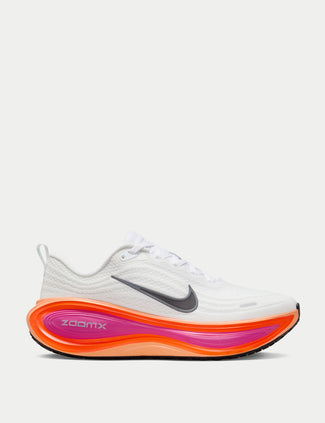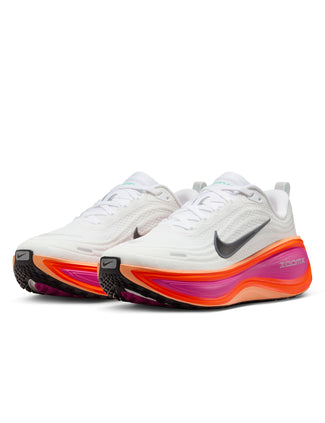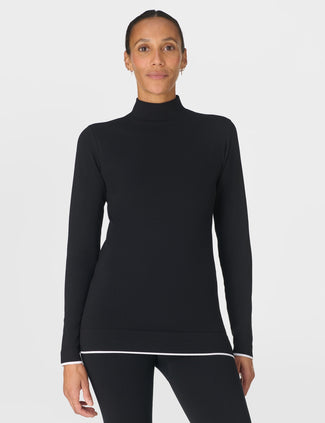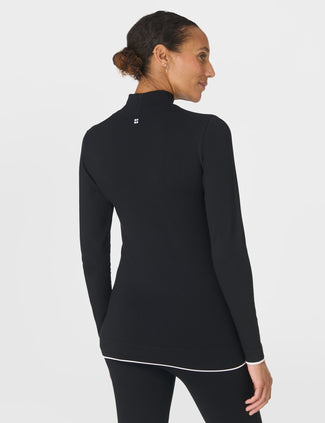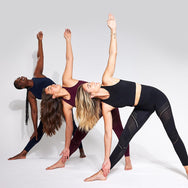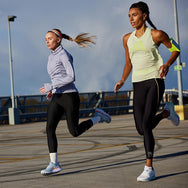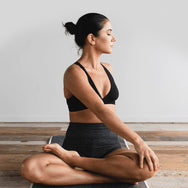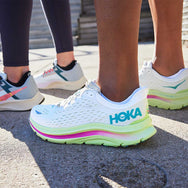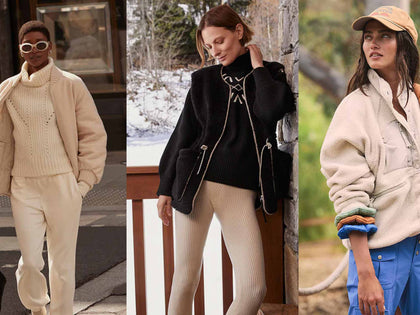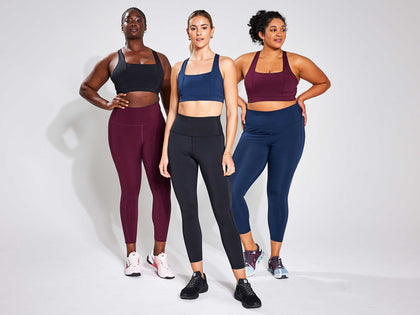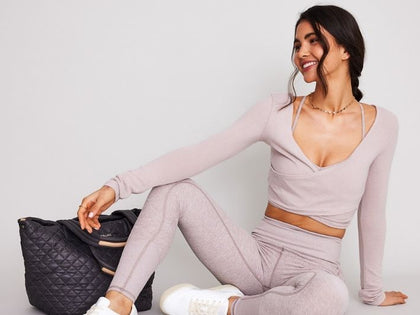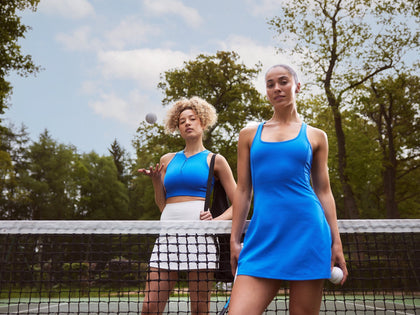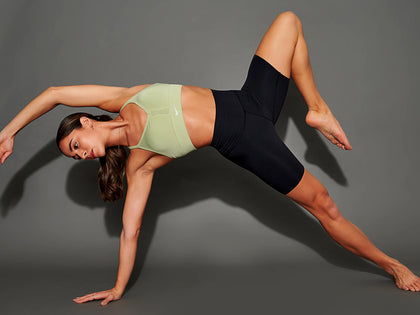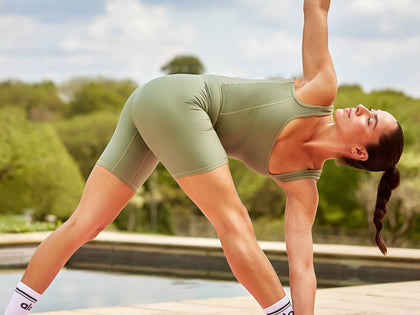Words by Hannah Abu
Whether you're trekking up rugged mountain ranges or getting ready to go on a serene forest walk, the right hiking rucksack can make all the difference. For anyone passionate about the outdoors, finding a bag that checks all your boxes is like finding a needle in a haystack, but it doesn't have to be that way! In this guide, we dive deep into the best hiking rucksacks, exploring what makes them a must-have, and helping you find the right one for your next adventure.
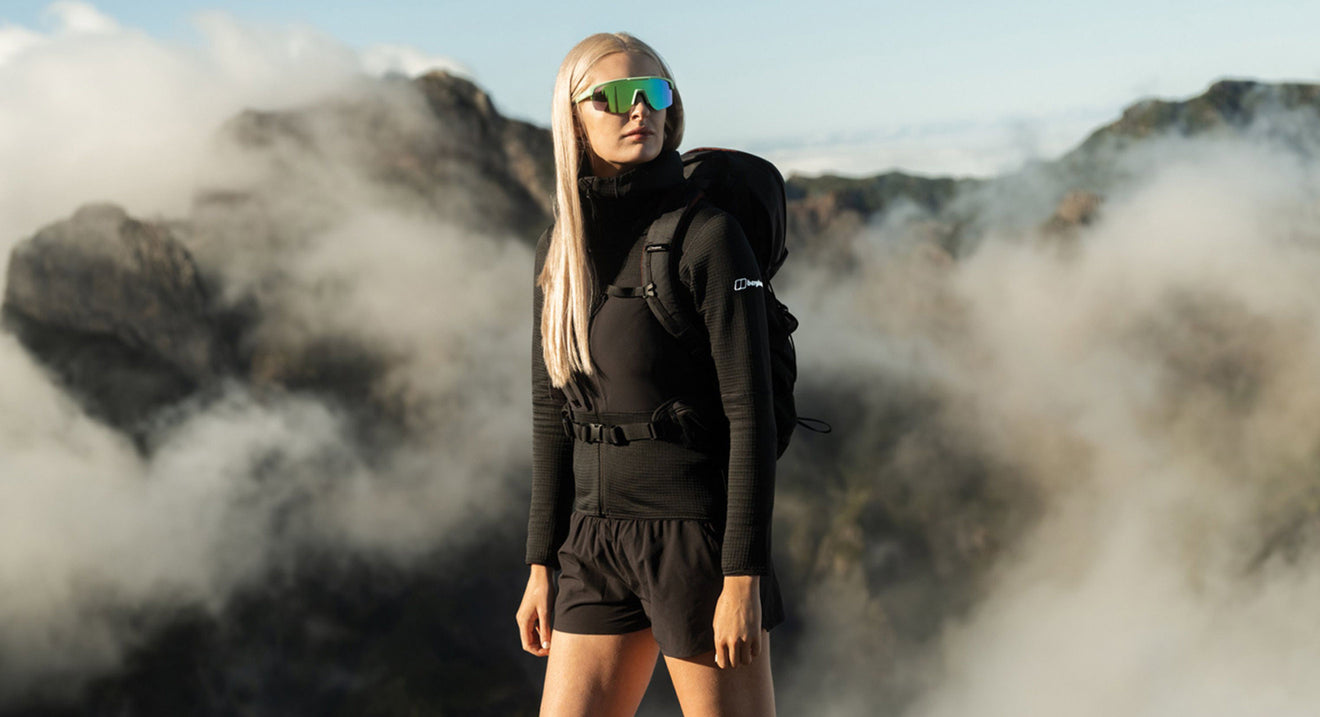
Why the Right Hiking Rucksack Matters
Imagine being halfway through a trail, on a tricky path, and realising your bag doesn't feel right or is overstuffed because you don't have all the compartments you need, it puts a bummer on the whole hike, right? A hiking backpack is not just a bag; it's your personalised carrier, designed to support you when you want to go hard on the trails but also bring your essentials in one organised place.
The best hiking rucksacks have come a long way from the basic, boxy designs of the past to advanced ergonomic styles that prioritise comfort without compromising on efficiency. Early rucksacks were crafted from simple materials like canvas and lacked the structured support we see today. Fast forward to modern designs, and you’ll find innovations like breathable stretch mesh panels, customisable shoulder strap systems, and eco-conscious materials, all combined in one sleek design.
From elegant designs that cater to weekend explorers to rugged models built for multi-day expeditions, there’s a perfect match for every kind of adventure. Let’s unpack the details to help you find yours.
How to Choose the Perfect Hiking Backpack:
A hiking backpack is different from a regular backpack. While it may be tempting to load up your everyday backpack and hit the trail, depending on what you carry, that might not be the best idea. The best hiking rucksacks are purpose-built for the outdoors and feature specialised details like ergonomic support systems to distribute weight evenly, multiple compartments to keep you organised, and weather-resistant material to keep everything dry on long-distance treks.
Of course, you won't need the bag with all the bells and whistles if you're an occasional hiker, but here are some features to look out for:
Size Matters
When selecting the best hiking backpacks for you, size is one of the most crucial factors to consider. For day hikes or short trips, a compact hiking backpack with a 20-30L capacity is ideal. It has enough space for essentials like water, snacks, and an extra layer without being overly bulky. For longer adventures or overnight stays, opt for a 40-60L bag, which is more than enough room for sleeping bags, additional clothing, and cooking gear.
Comfort First
Comfort can make or break your hiking experience. Look for padded shoulder straps, a supportive hip belt, and a ventilated back panel. These features ensure the weight is evenly distributed, reducing pressure on your shoulders and back. Adjustable straps allow you to customise the fit, ensuring the bag feels like an extension of your body rather than a burden.
Organisation is Key
Say goodbye to digging through a jumbled mess to find your snacks or sunscreen. The best hiking backpacks often feature multiple compartments, external stretch mesh pockets, and designated areas for items like a hydration bladder, ice axe loops, and a water bottle. This thoughtful design keeps your essentials easily accessible, saving you time and effort on the trail.
Water Resistance
Mother Nature can be unpredictable, but a good hiking backpack is prepared for anything. Many styles come equipped with water-resistant materials or a detachable rain cover, ensuring your gear stays dry during sudden downpours. If you plan to hike in wet or snowy conditions, this feature is non-negotiable. You might also want to consider adding dry bags to pack items you're worried about.
Some of Our Favourites:
Still wondering which bag is right for you? We have a wide variety of the best hiking backpacks, but we’ve managed to narrow it down to our favourite seven of the best hiking backpacks that deliver on comfort, performance, and level, so there's something for everyone.
Salomon Trailblazer 20
Compact and versatile, the Salomon Trailblazer 20 is ideal for day hikes and spontaneous adventures. This 20L rucksack combines a sleek, minimalist design with a ton of features packed in, like a padded back system for comfort, stretch side pockets for easy storage, and an internal hydration bladder compartment to keep you hydrated on the go. Lightweight yet durable, it’s perfect for staying light on your feet while on the trail.
- Best for: short and sweet hikes.
- Our favourite feature: the breathable padded back panel that keeps you cool.
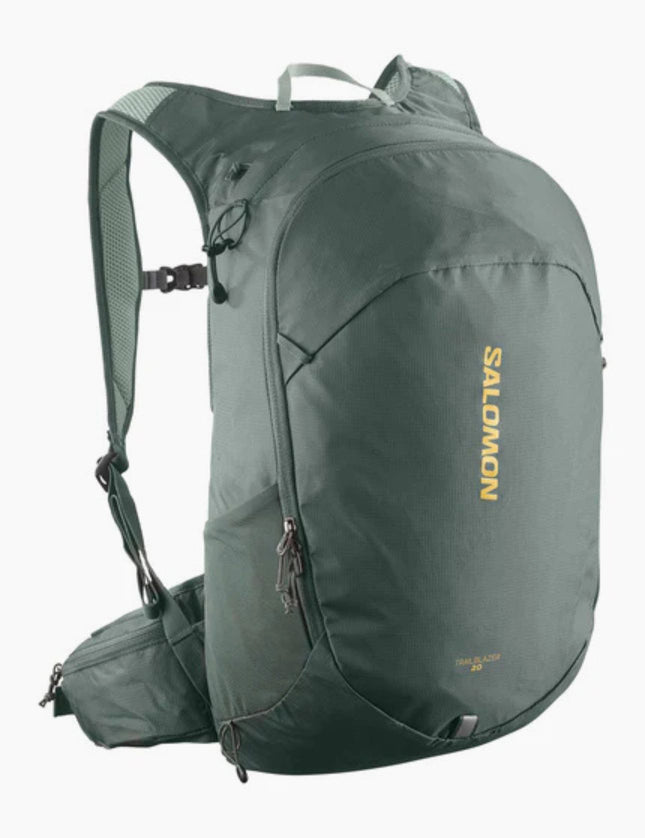
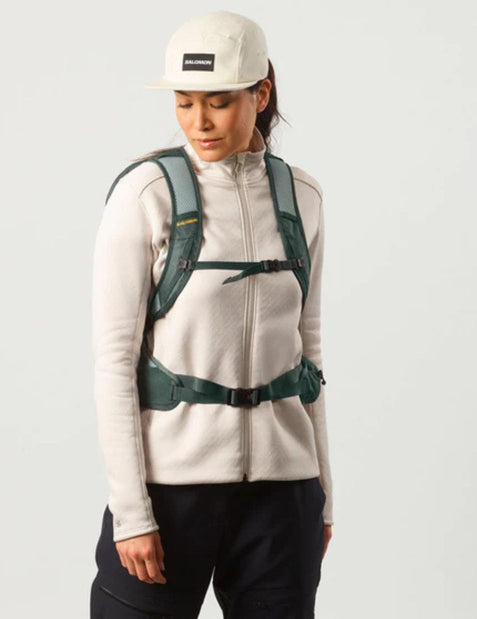
Rucksack:
Tropicfeel Waterproof Daypack
For carefree adventurers who are ready to brave the weather, your hiking backpack should be too! That's why the Tropicfeel Waterproof Daypack is perfect for all-weather explorers. Featuring a water-resistant finish, it keeps your essentials dry without compromising its sleek finish. That's not all, if you like to stay organised, its modular system allows for expandable storage meaning you can use it daily or add compartments and take it to the trail.
- Best for: wet and wild weather.
- Our favourite feature: the expandable storage that takes you from gloomy office to great outdoors in no time.
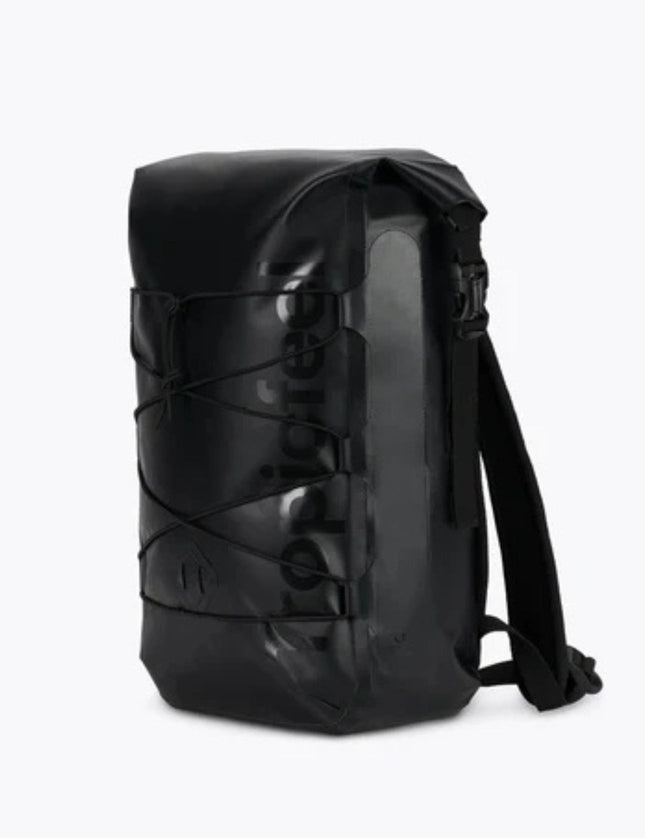
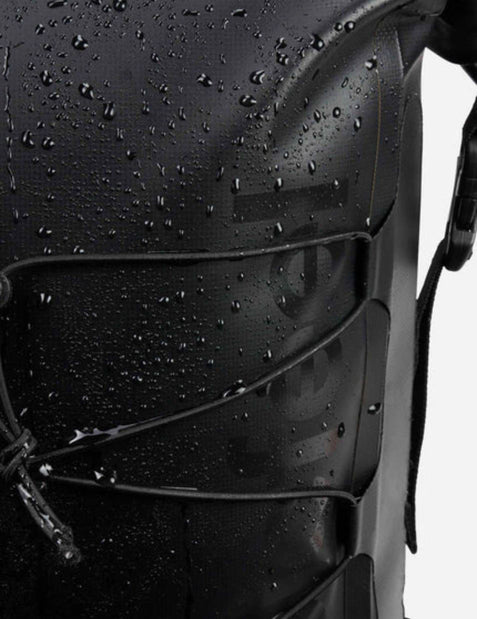
Rucksack:
Salomon Trailblazer 10
The Salomon Trailblazer 10 is smaller but mighty. It's the best day hiking backpack designed for short hikes or last-minute adventures. Its 10L capacity might sound compact, but its intelligent design has enough space for essentials like snacks, water, and a light jacket. The adjustable chest strap adds extra stability while on rugged terrains. Overall the lightweight design minimises bulk, making it perfect for those who love to travel light.
- Best for: light travellers and quick trips.
- Our favourite feature: slim design that carries all your essentials.
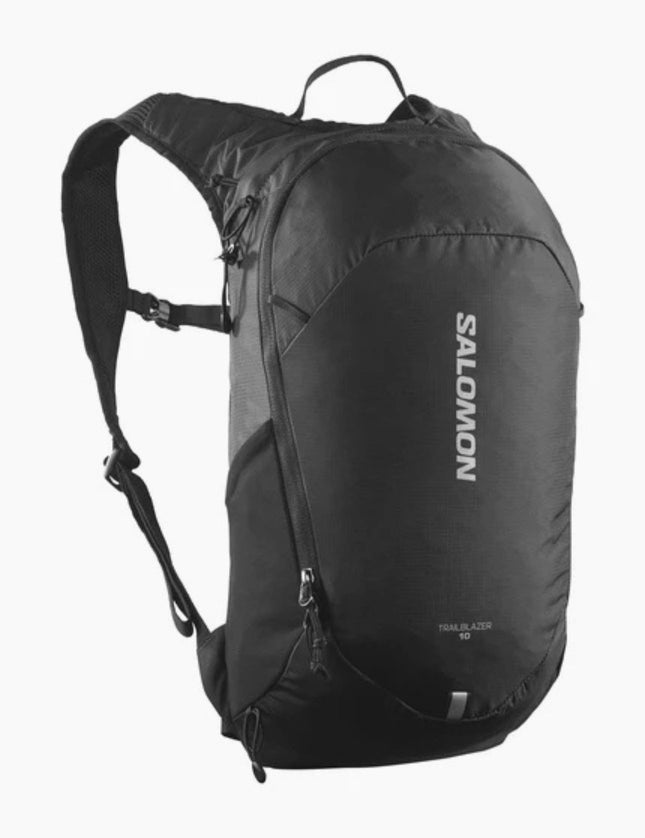
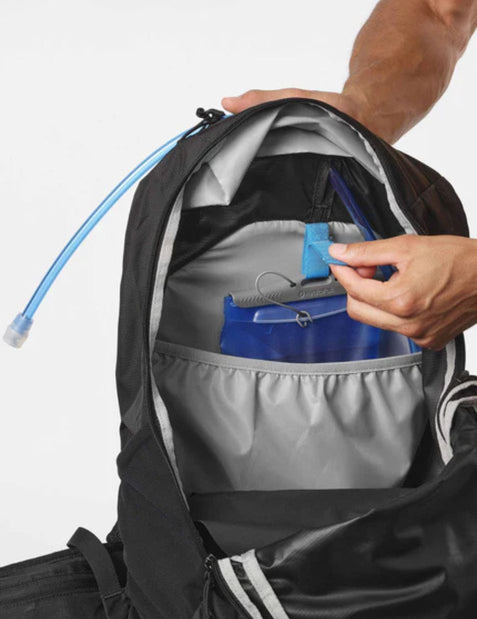
Rucksack:
Salomon Trailblazer 30
For long distance treks that need extra gear, the Salomon Trailblazer 30 is a hiker’s dream. With a generous 30L capacity, it offers ample space for all your hiking essentials and more. Its ventilated back panel ensures breathability during intense hikes, while the multiple storage compartments help keep your gear organised. Rugged yet sleek, its built to handle tough trails with ease.
- Best for: carrying more gear or packing one bag for two.
- Our favourite feature: durable outer means it lasts hike after hike.
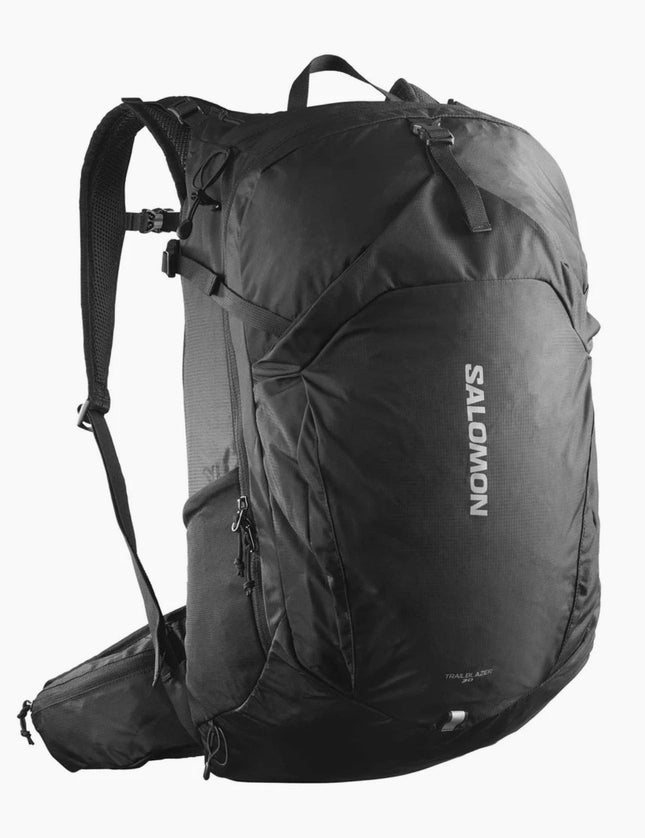
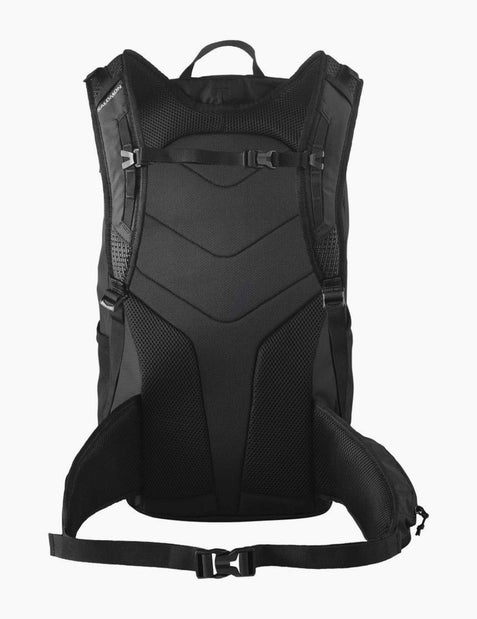
Rucksack: Salomon, Trailblazer 30 - Black/Alloy
Berghaus 24/7 20 Rucsac
The Berghaus 24/7 20 Rucsac is all about lightweight comfort. Its 20L capacity strikes the perfect balance between compactness and utility, featuring adjustable shoulder straps and a breathable back system for ultimate comfort. With durable construction and a modern design, it transitions seamlessly from trail to city, making it a fantastic everyday bag for active people.
- Best for: everyday hikes and weekend adventures
- Our favourite feature: 20L means it's not too big for everyday use.
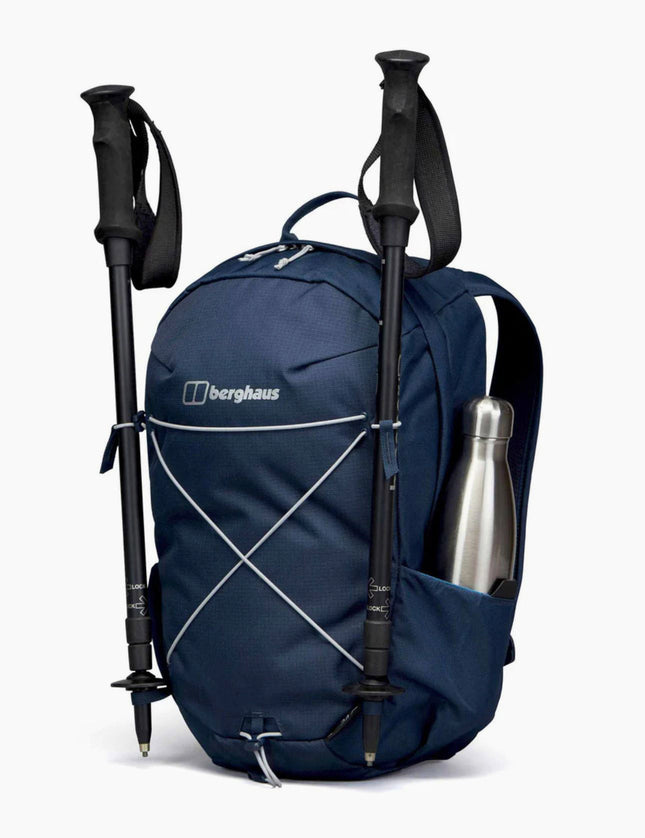
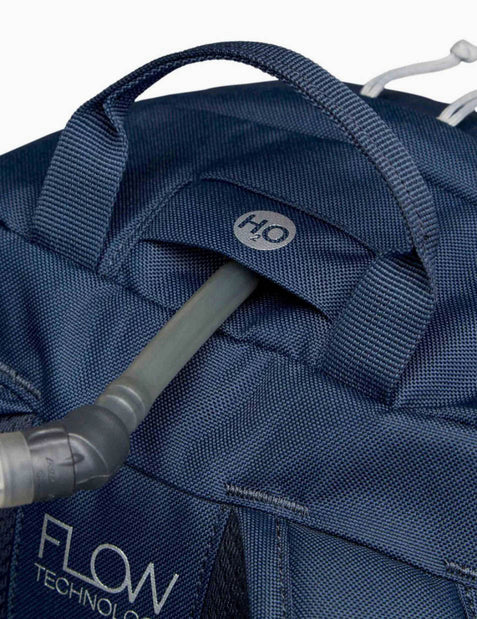
Rucksack:
Jack Wolfskin All-In Pack 30
The Jack Wolfskin All-In Pack 30 is a good hiking backpack for serious adventurers needing a rugged hiking pack. Featuring a 30L capacity, it’s designed to handle long distance multi-day hikes and demanding terrains. The ergonomic shoulder straps and padded hip belt ensure a snug fit, while the innovative compartments, including an easily accessible front pocket, help you stay organised on the trail. Its weather-resistant materials and sturdy design make it a reliable partner in the great outdoors.
- Best for: dynamic adventurers who use their rucksacks for a range of activities.
- Our favourite feature: a padded laptop compartment so you're ready for anything.
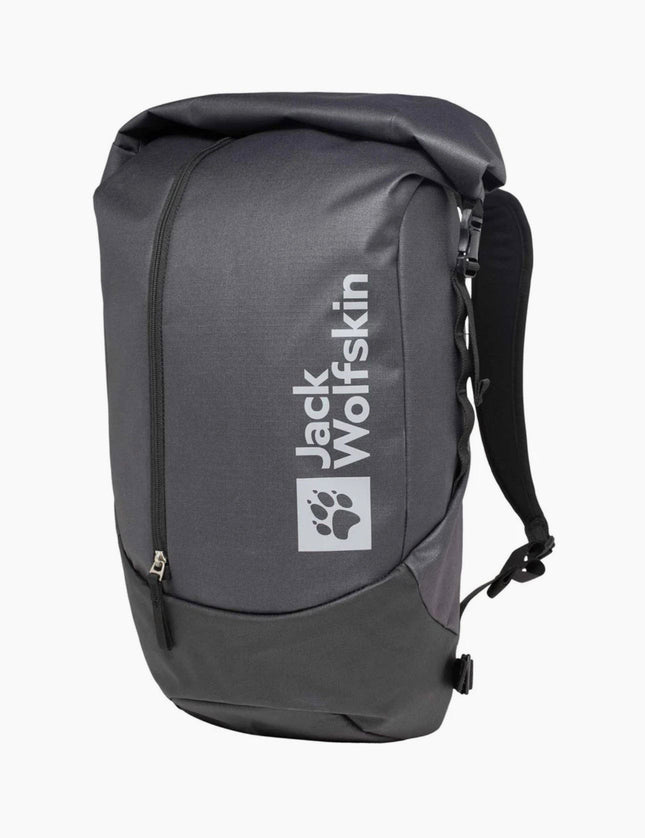
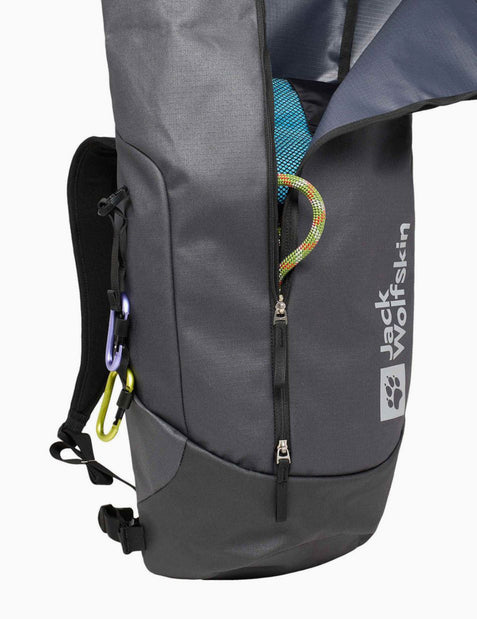
Rucksack:
Tropicfeel Nest 2.0 Backpack
For those who want versatility without sacrificing style, the Tropicfeel Nest 2.0 Backpack is a game-changer. This hiking pack boasts an expandable design that can go from 16L to 30L, making it perfect for day hikes or overnight adventures. Its modular storage system ensures everything has its place, while the weather-resistant fabric keeps your gear safe and dry. The breathable back panel and padded shoulder straps provide maximum comfort, even during extended wear.
- Best for: adventurers who can't make up their mind.
- Our favourite feature: the expandable capacity because you never know what the day has in store.
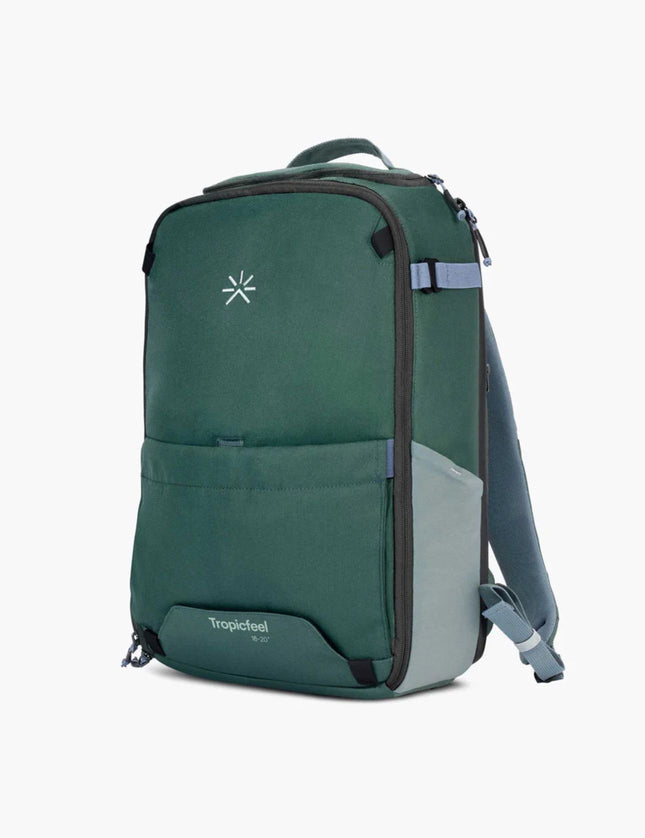
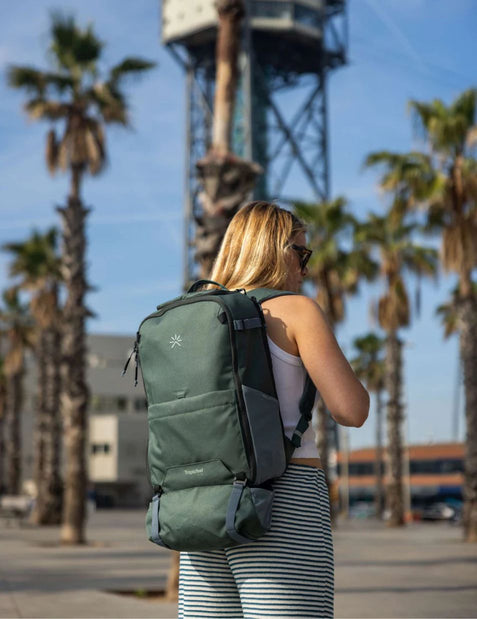
Rucksack:
Packing Your Hiking Backpack:
Your hiking backpack's capacity is only as useful as your packing strategy. Whether you’re heading out for short day hikes or an all-day adventure, smart packing not only optimises space but also improves comfort while making it easier to access your essentials. Here's what we've found works when packing smart:
Heaviest Items Close to Your Back
One of the fundamental rules of packing is to position heavy load items close to your back, ideally centred between your shoulders and hips. This ensures better weight distribution and minimises strain on your spine (back pain is not fun!). Heavy items like cooking equipment or food supplies should be placed in the main compartment closest to the back panel.
Carrying the weight this way improves balance and prevents the hiking backpack from pulling you backwards, which can make a tough terrain even tougher. Packing heavier items on the outer sides of the bag can make you feel off-centre.
When packing heavier gear, secure it with straps inside the rucksack to prevent it from shifting as you move. This helps to stabilise the load but also reduces the risk of injury from abrupt weight changes during your hike.
Keep Frequently Used Items on Top or in Outer Pockets
Convenience is key when you’re on the move. Items you reach for often, such as snacks, maps, sunscreen, or a lightweight jacket, should be packed in easily accessible areas. The external pockets, top lid compartments, or side pouches of your rucksack are the best places for these essentials.
For instance, having your snacks stashed in a hip belt pocket or your phone in a side stretch mesh compartment saves time and effort when you want to grab a quick bite or check your phone. Instead of rummaging through your bag for sunscreen, you can quickly grab it from an external pocket during a sunny break.
Also, think about the conditions of your hikes. If you’re trekking in unpredictable weather, keep your rain gear or waterproof jacket in a rucksack that has easy access to the main compartment or in a designated pocket, so you can gear up quickly without unpacking the entire bag when a sudden downpour strikes, even if it starts off sunny!
Distribute Weight Evenly
An unbalanced load can ruin an amazing hiking experience if you have to put up with muscle strain or instability, especially on uneven trails. The key to staying comfortable (and safe) is distributing weight evenly across the compartments in your hiking backpack. Use the various sections of your bag strategically to spread the load.
Place heavier items like food supplies closer to your back while lighter items, like clothes or a sleeping bag, can go toward the bottom or sides. Fill any gaps with smaller items to create a compact, secure load. For example, tuck socks or compact cooking utensils into unused corners or around bulkier gear.
An unevenly packed rucksack can lead to an awkward gait and put unnecessary stress on one shoulder or hip. Don't be afraid to adjust your pack mid-hike if it starts to feel lopsided, a small adjustment can make all the difference.
Roll, Don’t Fold
When packing clothes or lightweight gear, rolling items rather than folding them can save a ton of space. Rolling reduces air pockets and allows you to see everything at a glance. If you're going for a multi-day hike, it's always a good idea to keep at least one outfit in dry bags, just in case.
Vacuum bags are an underrated way to save space. Use them for bulkier items like sleeping bags, puffy jackets, or extra layers. By squeezing out excess air, you can pack more for less (space), just make sure you don't pack your rain gear in there or you might find yourself franticly unpacking in the rain.
Prioritise Multi-Use Items
Minimise what you carry by choosing gear with a wide variety of functions. For example, a bandana can double as a head covering, sweat wipe, or makeshift potholder. Multi-use tools like a Swiss Army knife can replace several single-purpose items, reducing weight and freeing up space.
Cooking kits often come with nested components, such as a pot that fits into a pan or collapsible utensils. It's a massive bonus if the equipment is designed with packability in mind.
Keep Valuables Secure
Certain items, like your phone, wallet, and keys should be packed securely but always accessible. Use inner zippered compartments or small pouches for these essentials, it's especially handy if the shoulder strap on your hiking backpack has a zippered pocket. This prevents them from getting lost in the depths of your bag and protects them from accidental damage.
Pack Some Water
Hydration is crucial during any hike, and your rucksack’s design can help you stay prepared. Many hiking backpacks come with cleverly designed hydration bladder compartments or side pockets for water bottles.
If you’re using a hydration bladder, make sure it’s positioned in the designated sleeve close to your back. This balances the load and prevents water from sloshing around. For a water bottle, side suspended mesh pockets are ideal for quick access, especially on day hikes.
External Attachment Points
The best hiking backpacks often include external loops, daisy chains, or gear straps for attaching items that don’t fit inside the bag. Use these wisely for irregularly shaped gear like trekking poles, sleeping pads, or a tripod.
It's important to make sure these items are securely fastened to avoid swinging or snagging on branches. For instance, use bungee cords or adjustable straps to hold trekking poles in place when they’re not in use.
Test Your Bag at Home
Before hitting the trail, load up your rucksack and test it out. Walk around with it, adjust the shoulder straps, and fine-tune the weight distribution.
Pay attention to how the bag feels on your shoulders and hips. If something doesn’t feel right, take the time to repack and redistribute the weight. It might take a few tries, but it's worth it in the long run to find a hiking backpack and packing technique that works for you.
A well-packed hiking pack can significantly enhance your hiking experience, allowing you to focus on the beauty of nature rather than the discomfort of your gear.
Maintenance Tips for Longevity
Once your hike is over, take a few moments to unpack and clean your rucksack. Remove crumbs, dirt, or debris from pockets, and check for any signs of wear and tear.
Store your rucksack in a cool, dry place to maintain its shape and durability. Regular maintenance ensures your gear is ready for the next adventure.
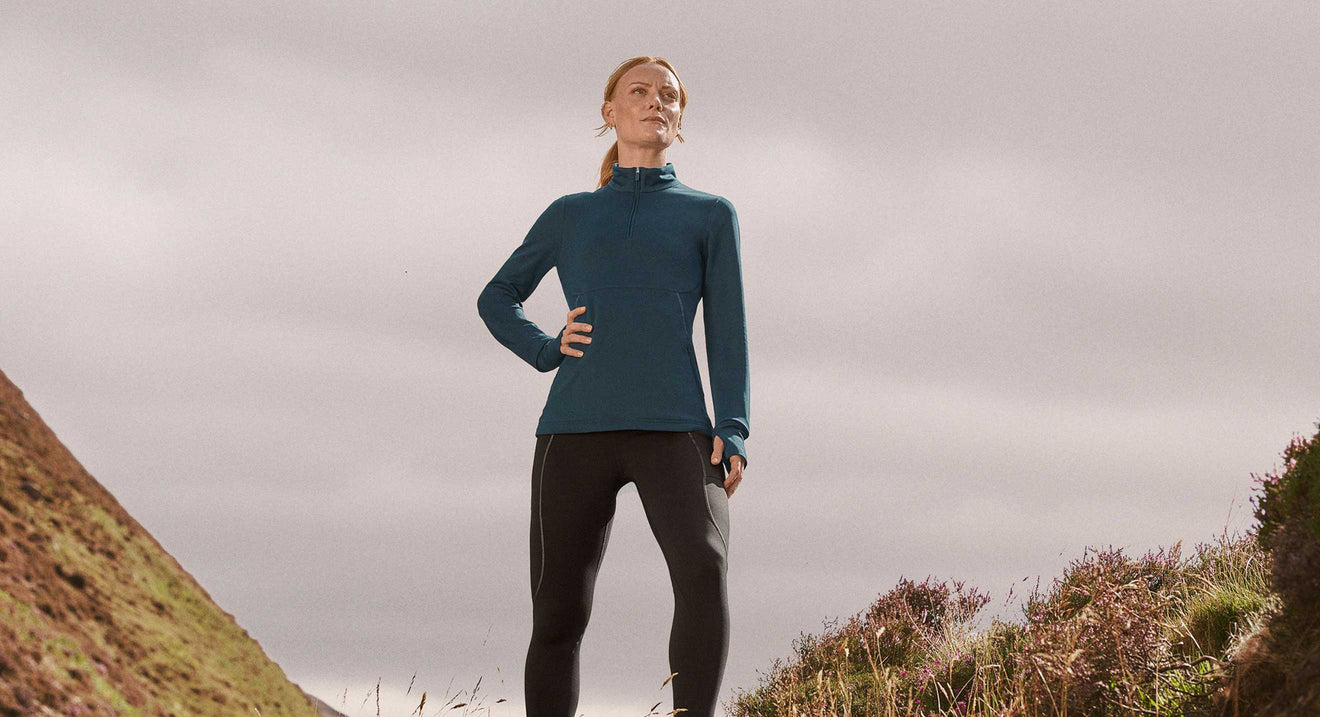
The Takeaway
The main message is to pack smart and hike happy. This all begins by choosing a good hiking backpack that suits your hiking and personal style and then packing it the right way. With packs like the Salomon Trailblazer 30 offering spacious compartments or the Tropicfeel Waterproof Daypack providing weather resistance, there’s a rucksack out there that's waiting for you.
Consider how long you hike for, the weather, and how you want your rucksack to work for you. By pairing smart packing habits with the right rucksack, you can hike farther and explore more, all while avoiding discomfort or having to leave things behind. Feeling inspired? You can check out our range of hiking rucksacks here. Happy hiking!






